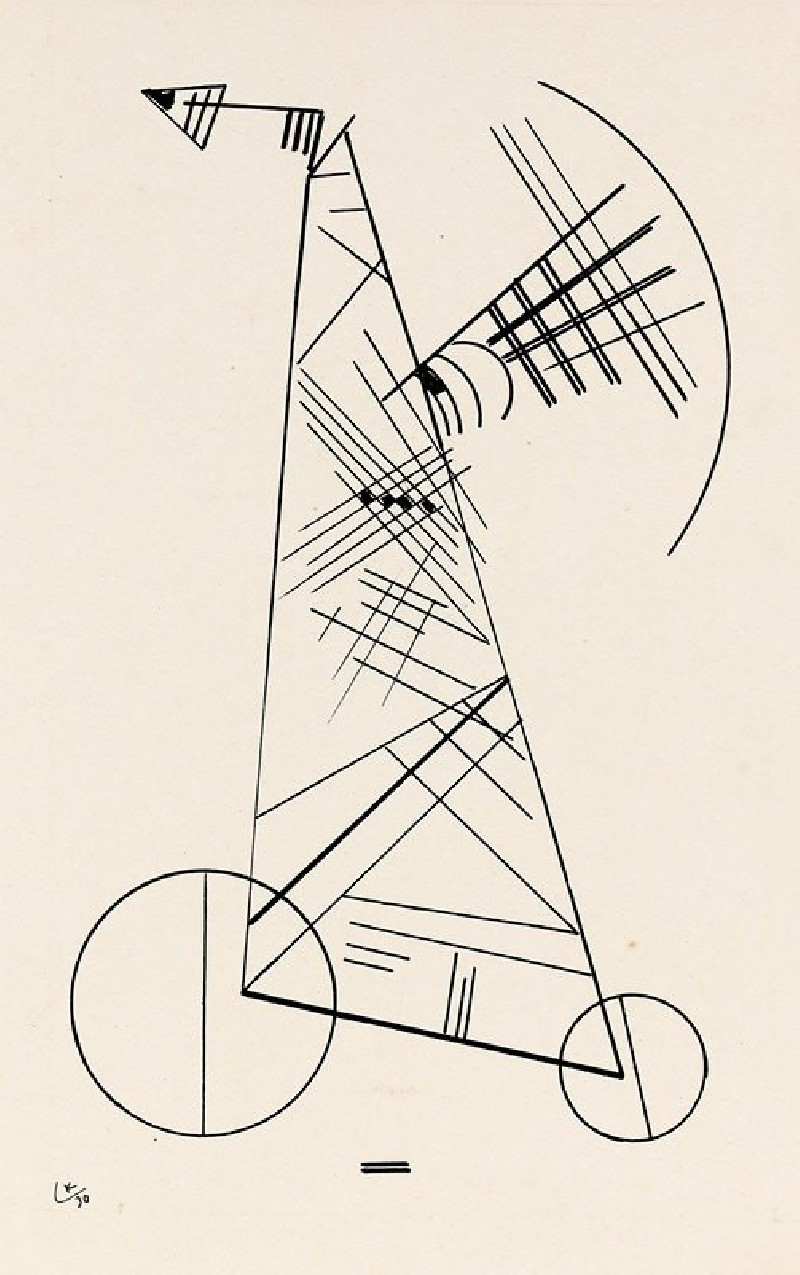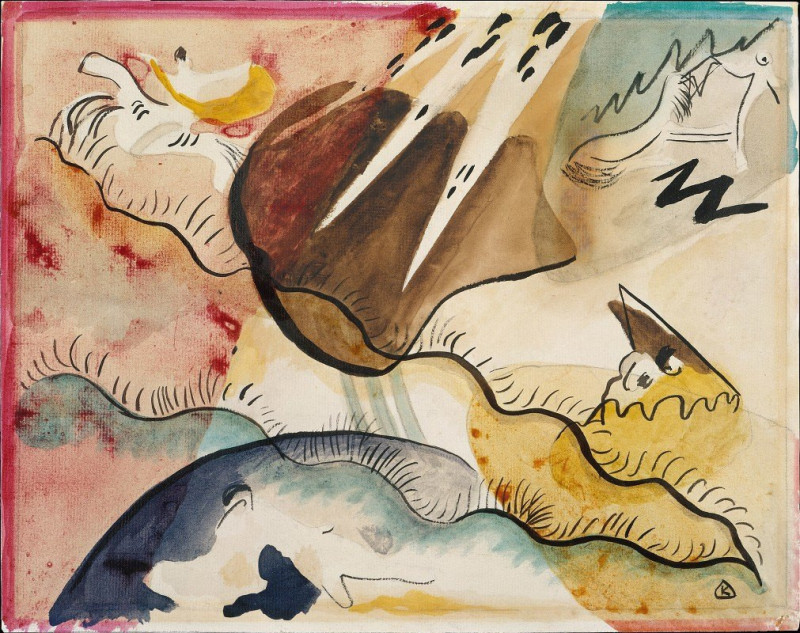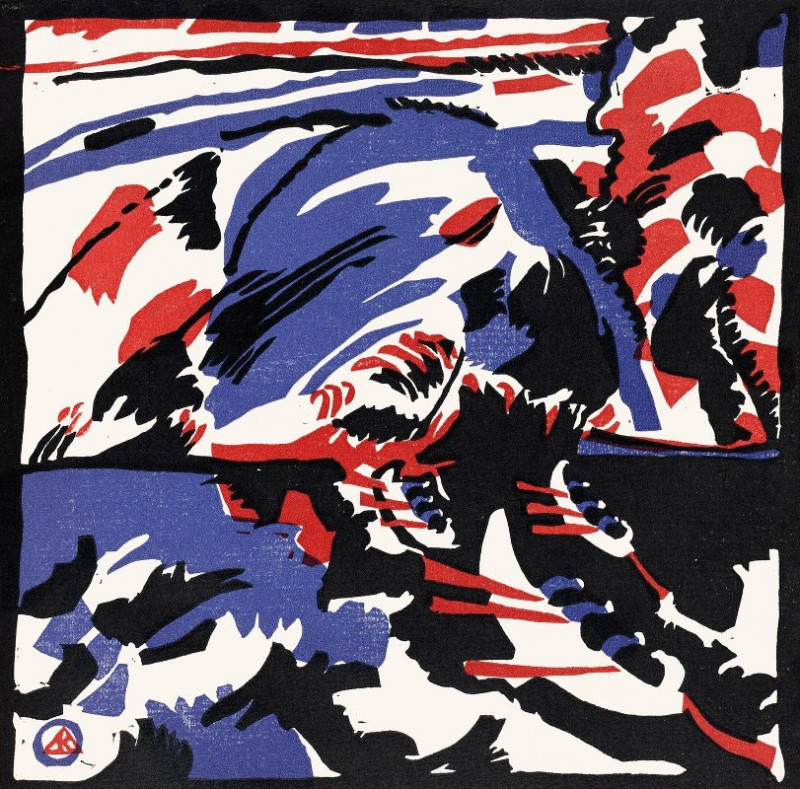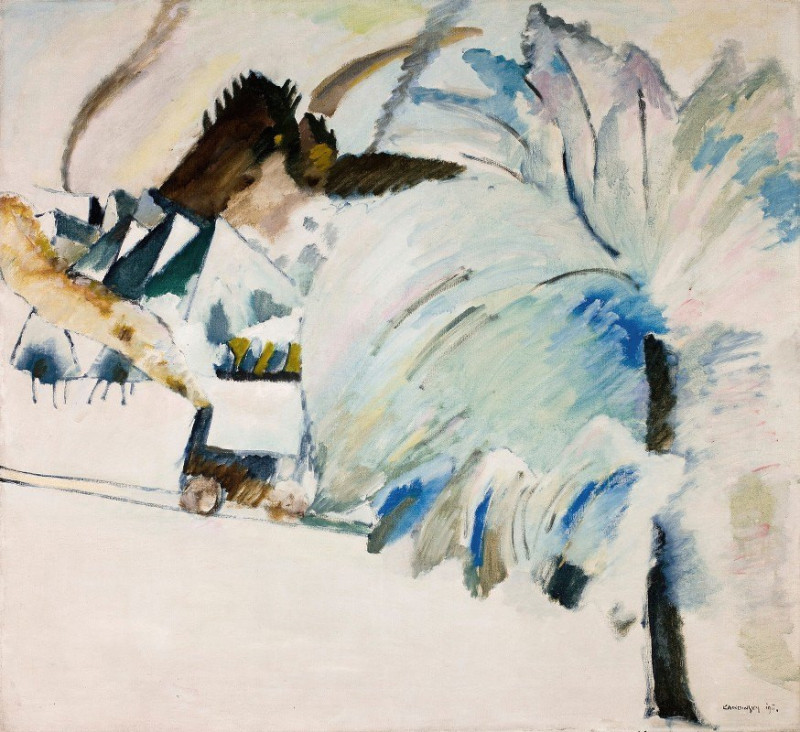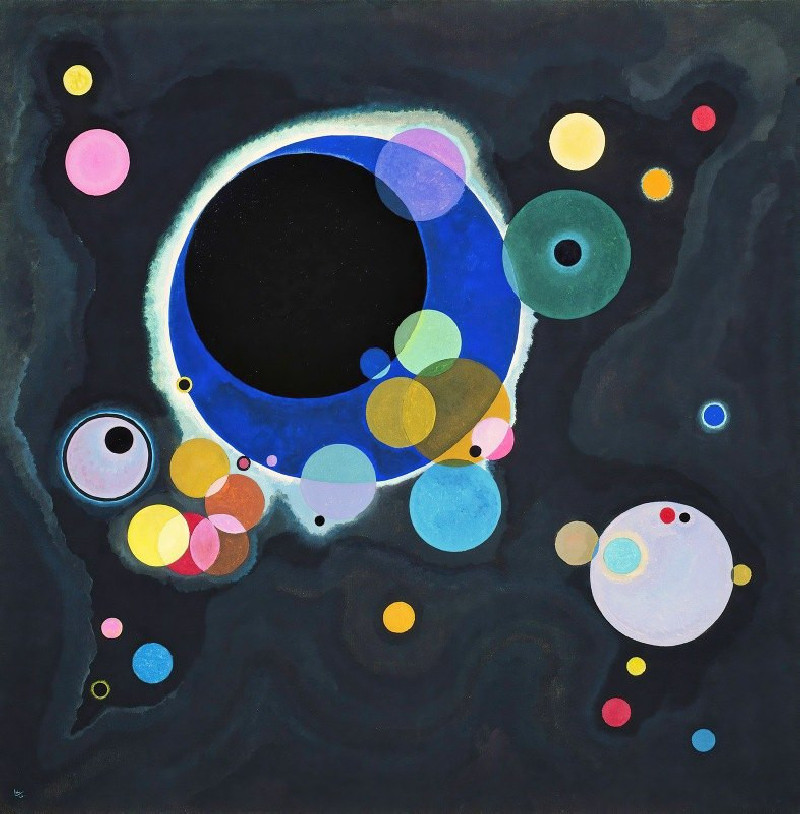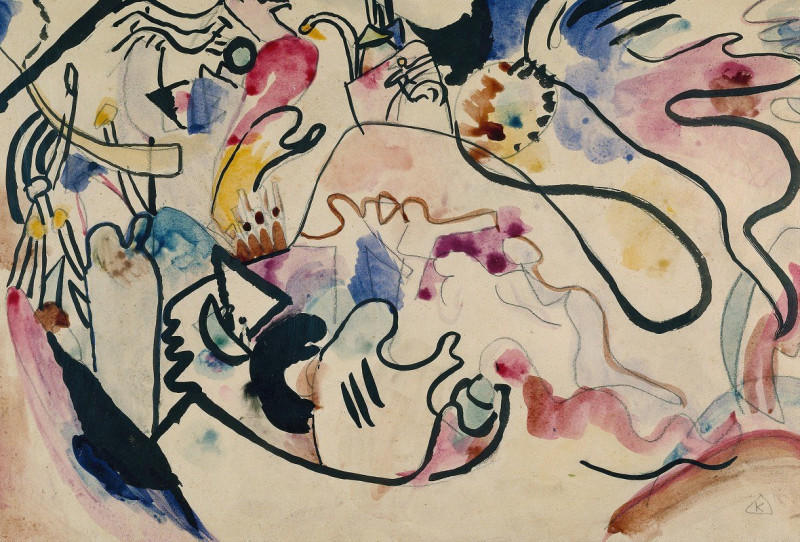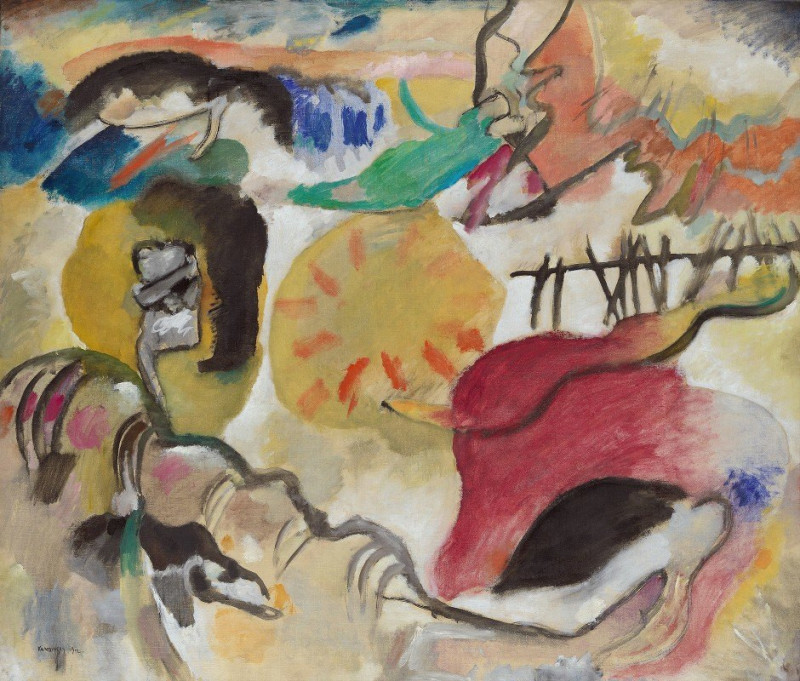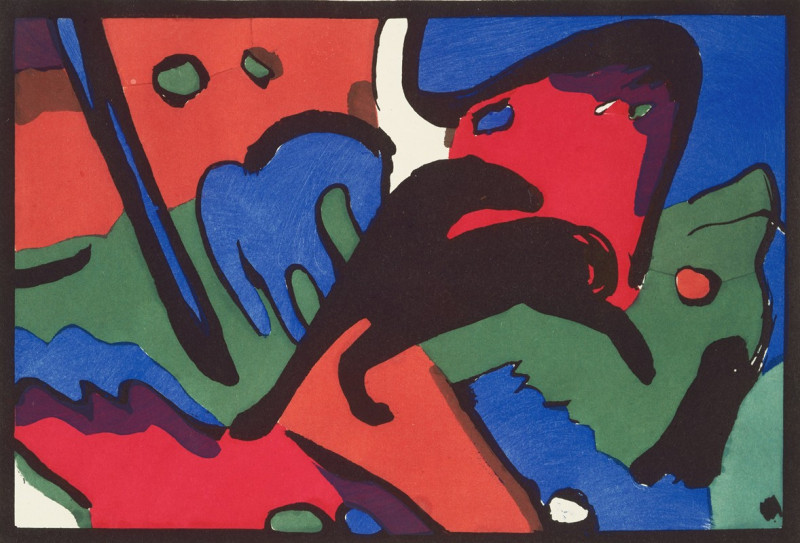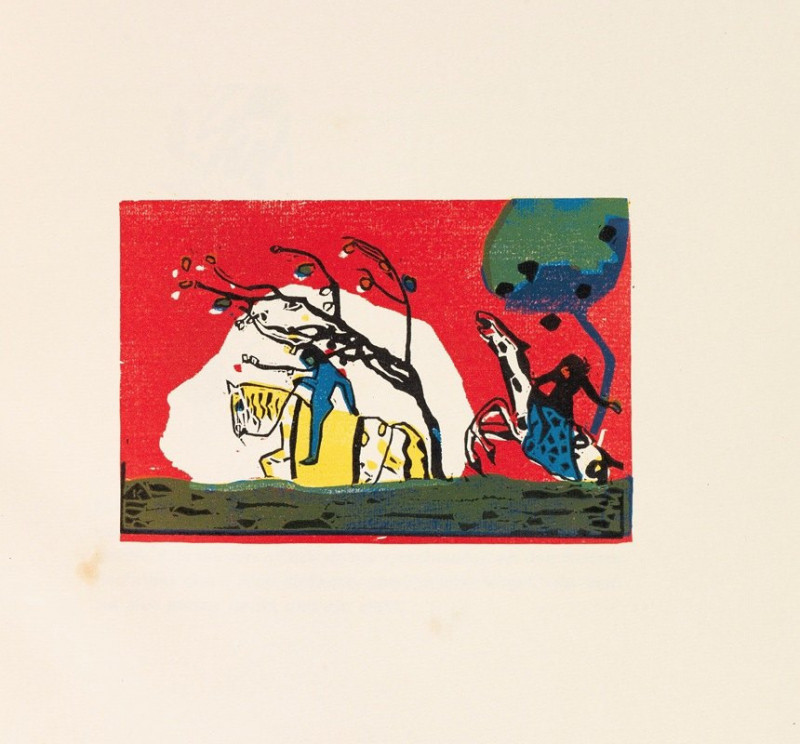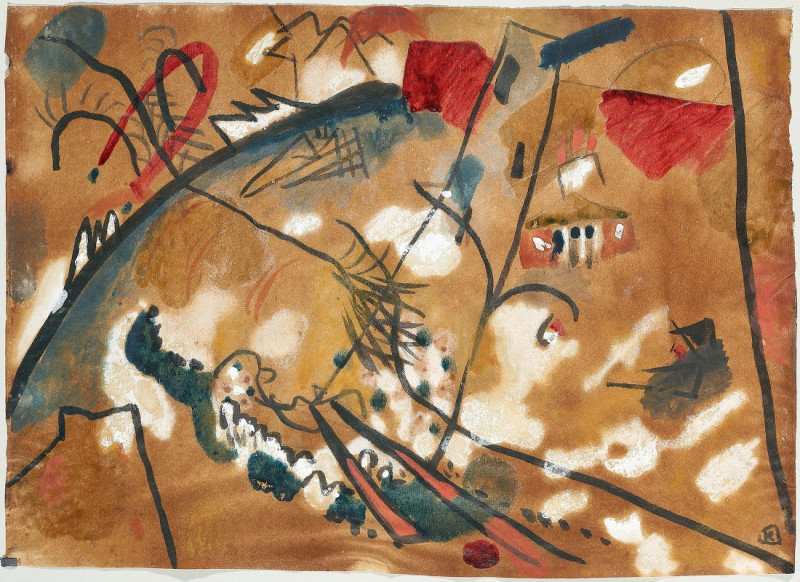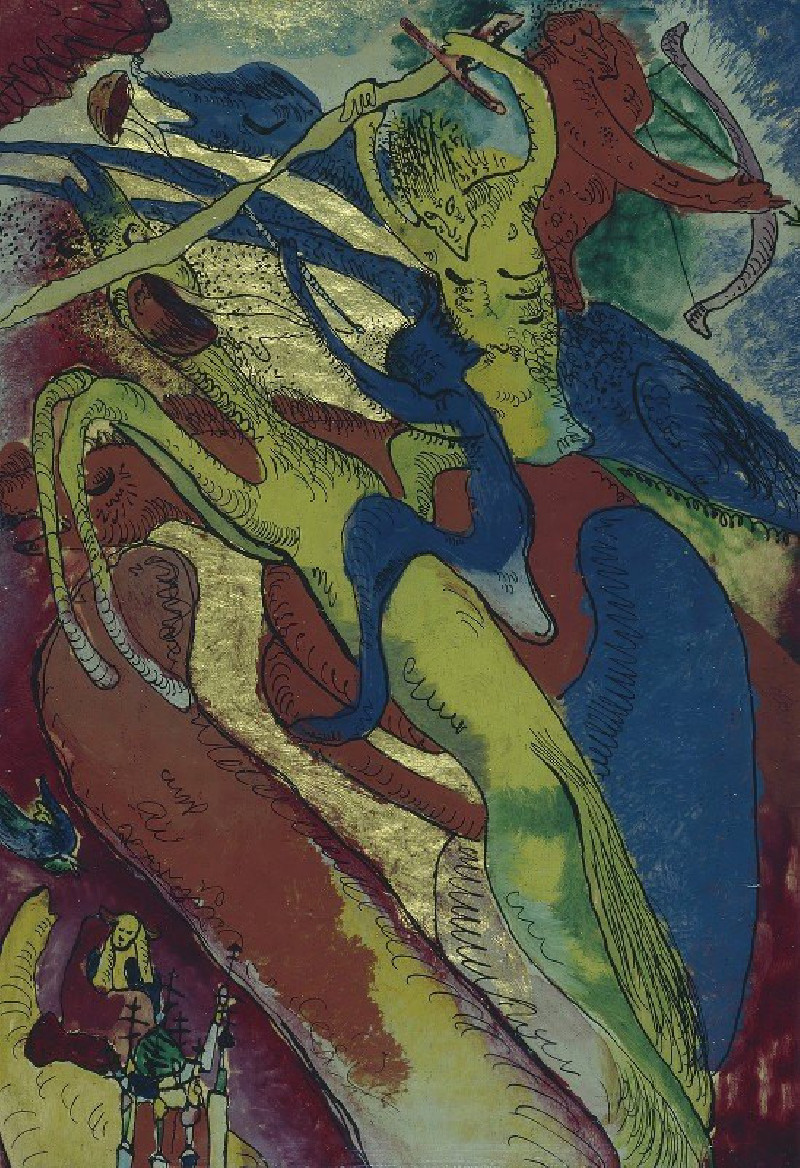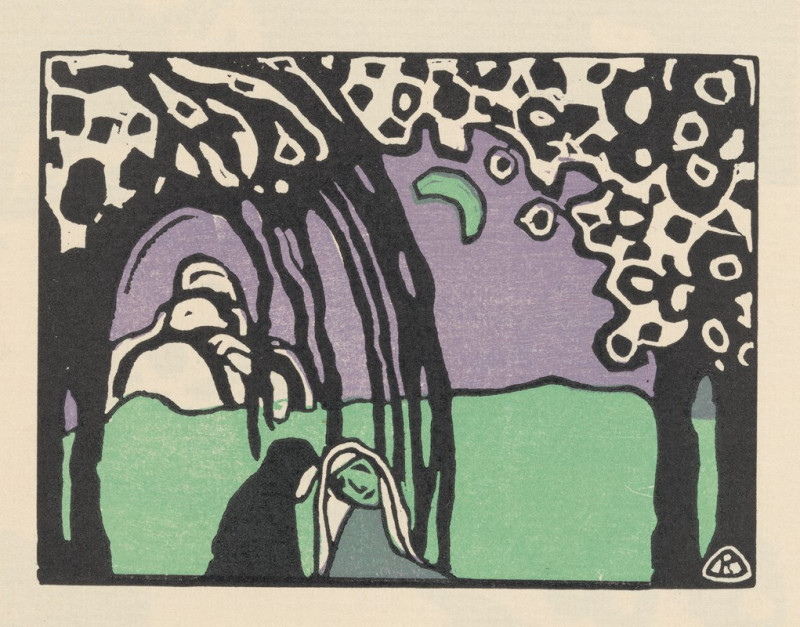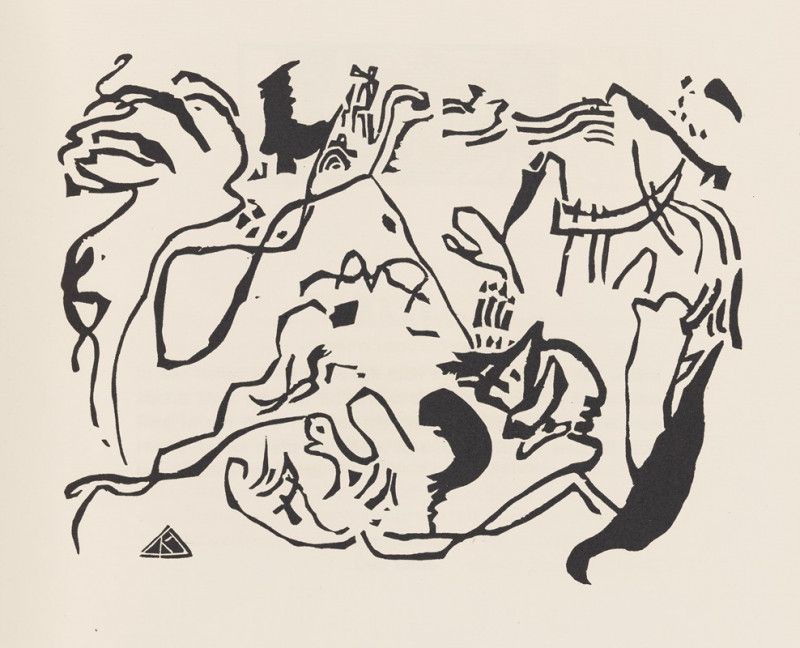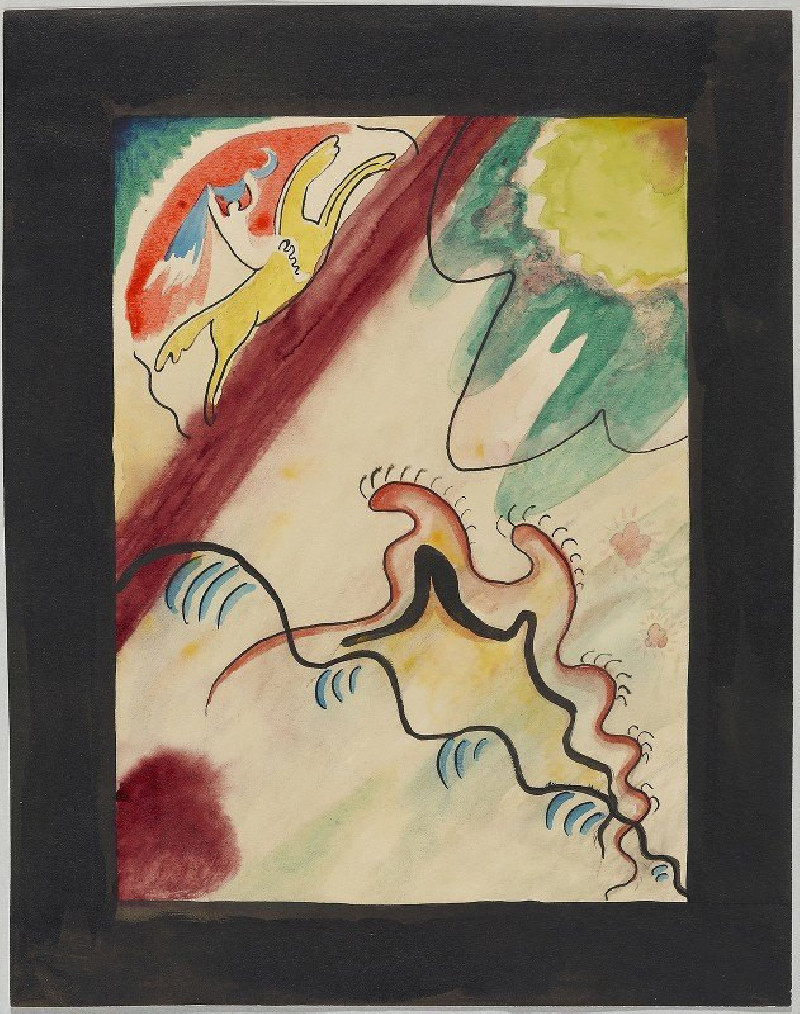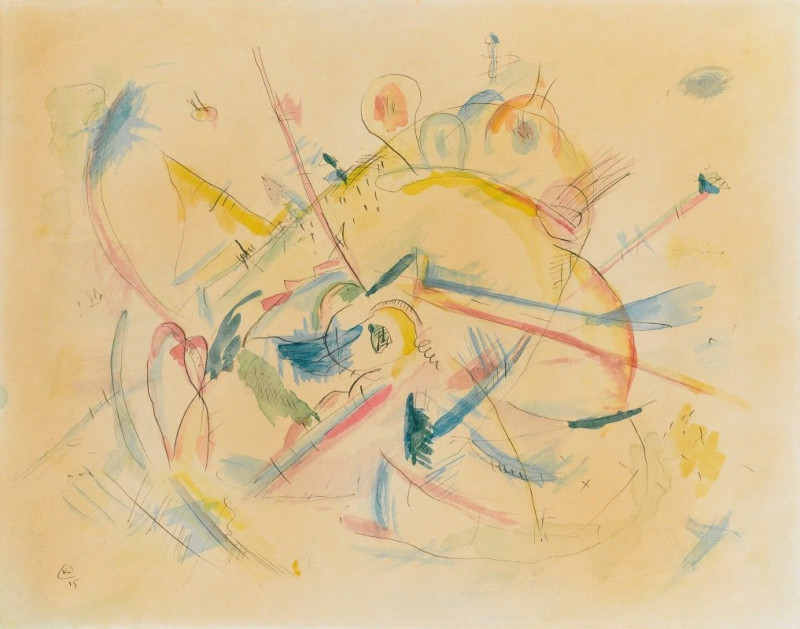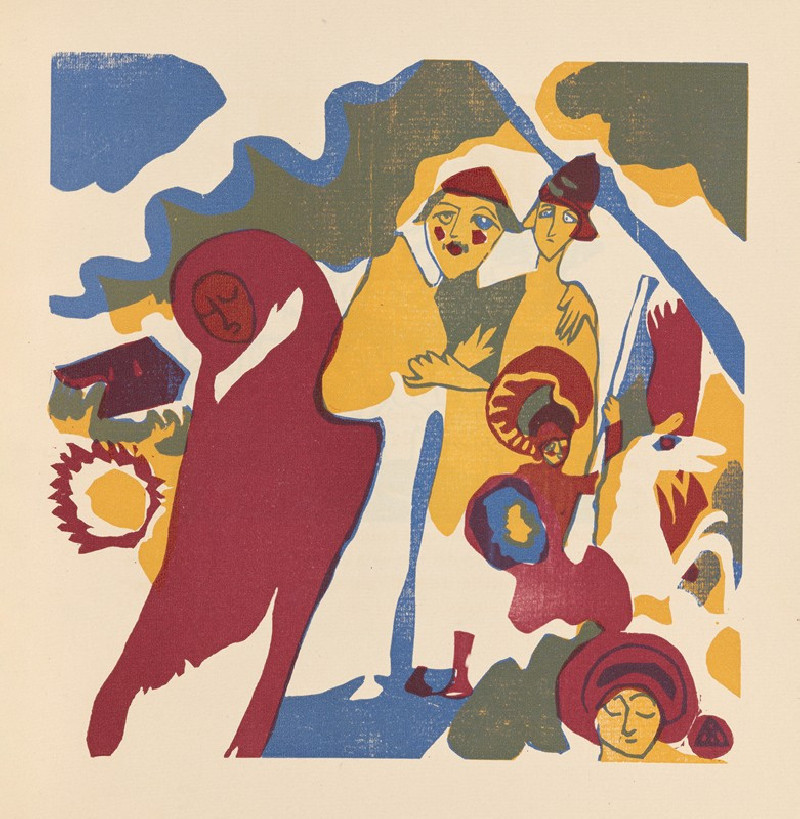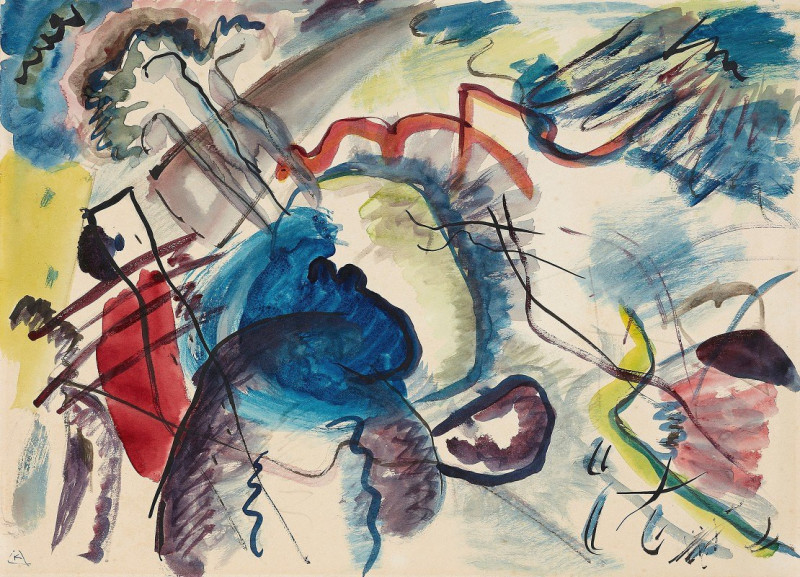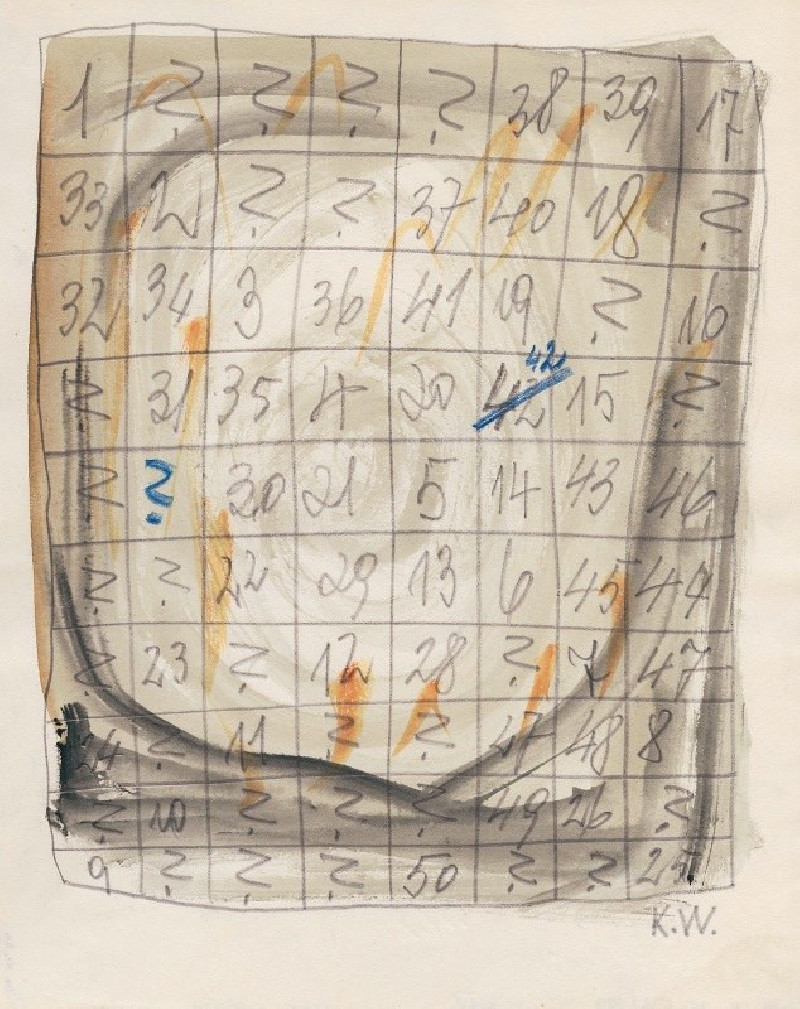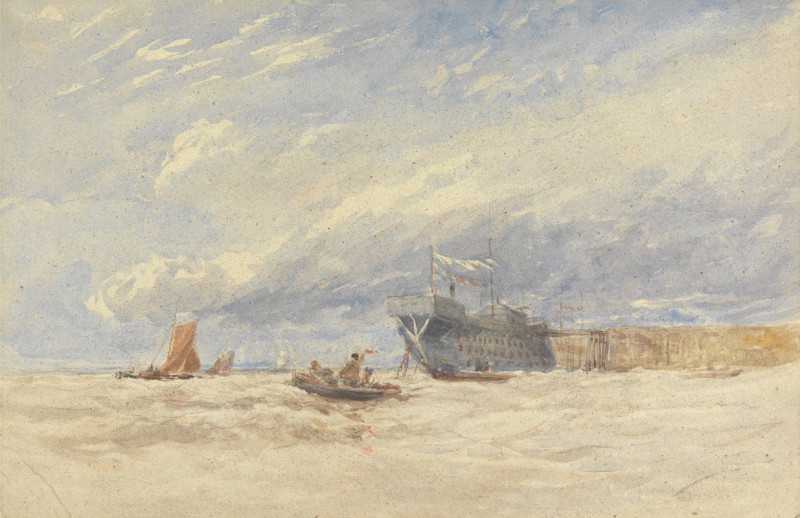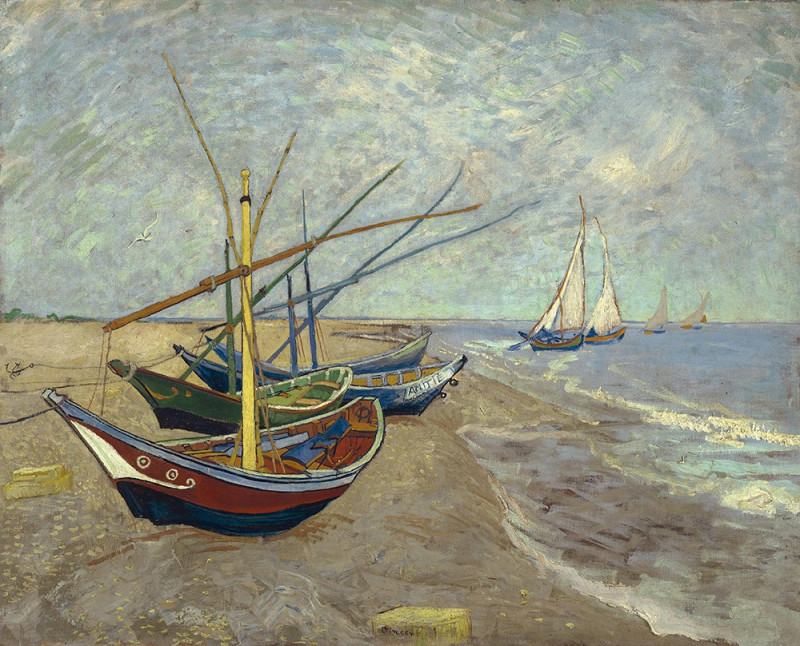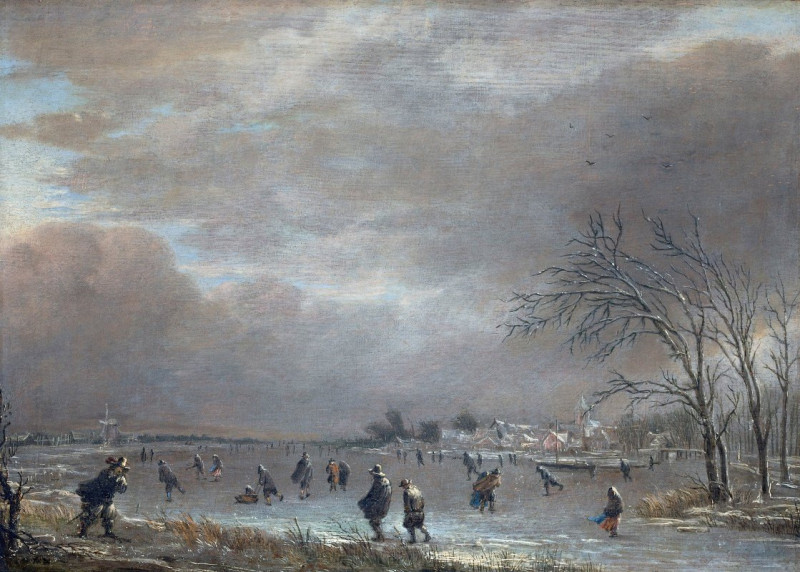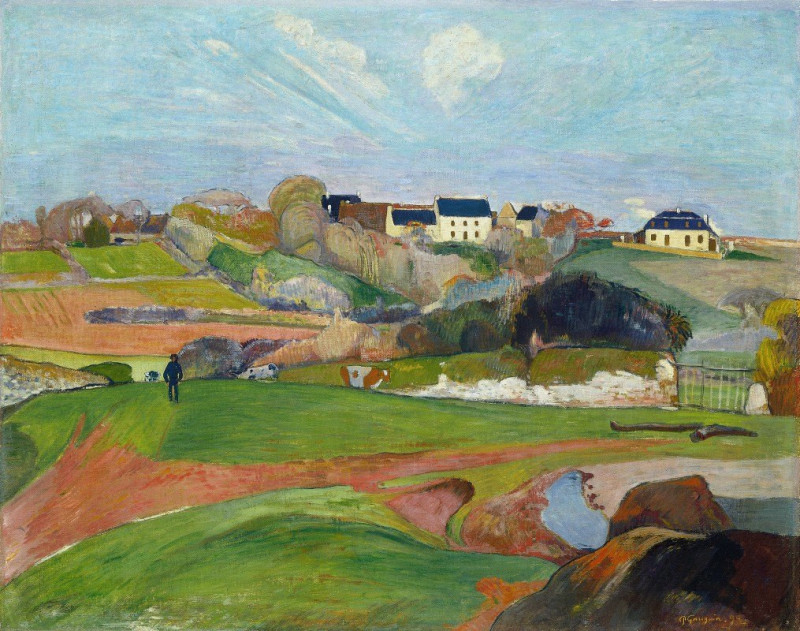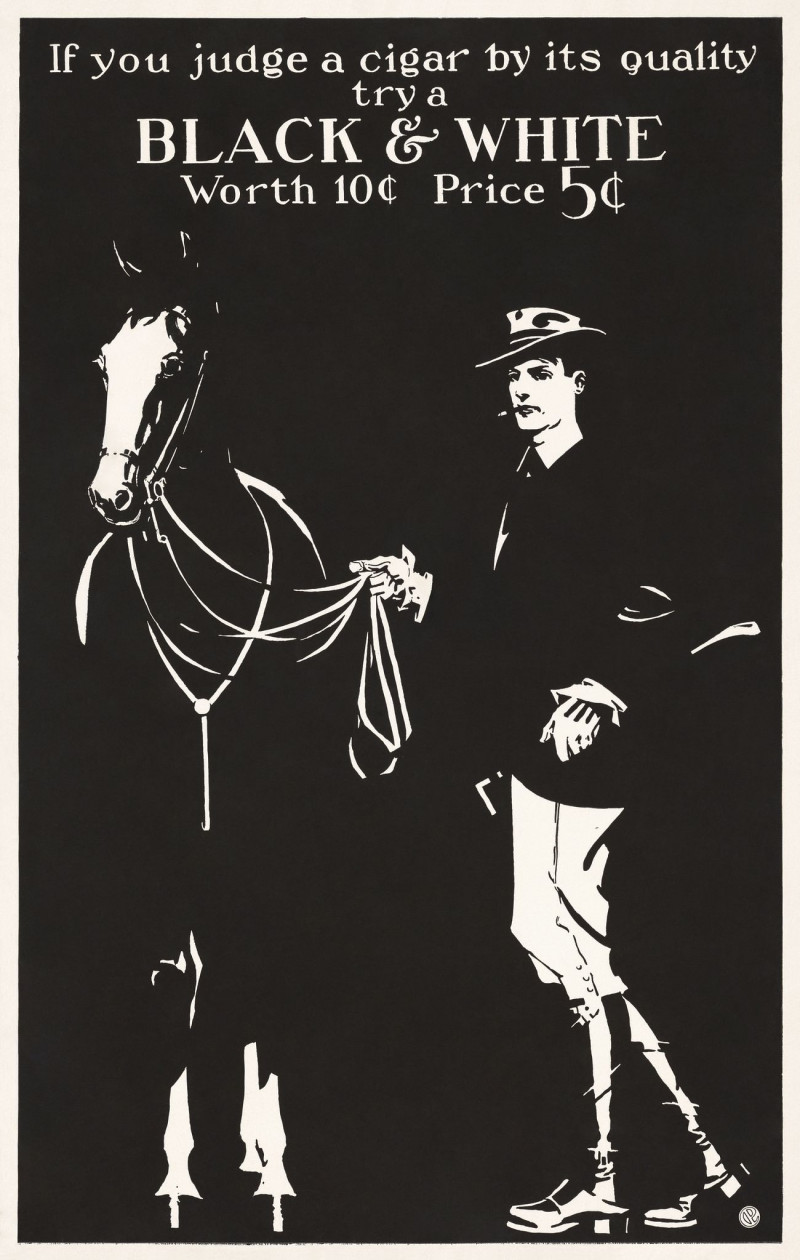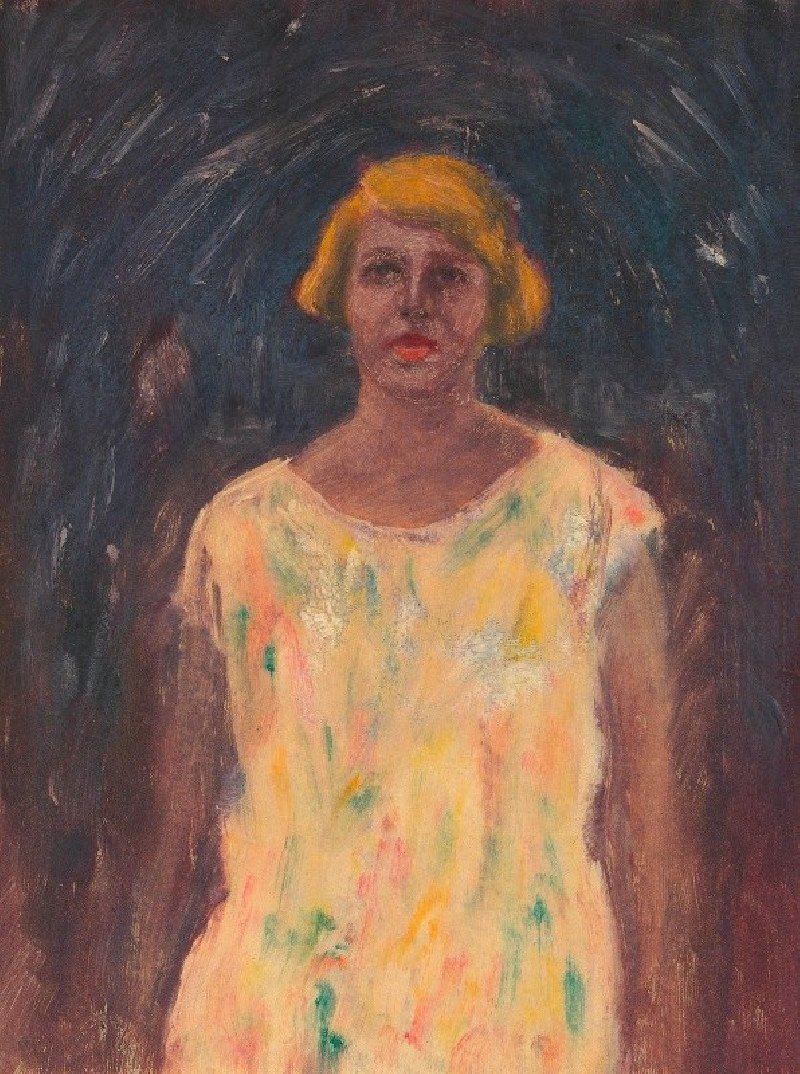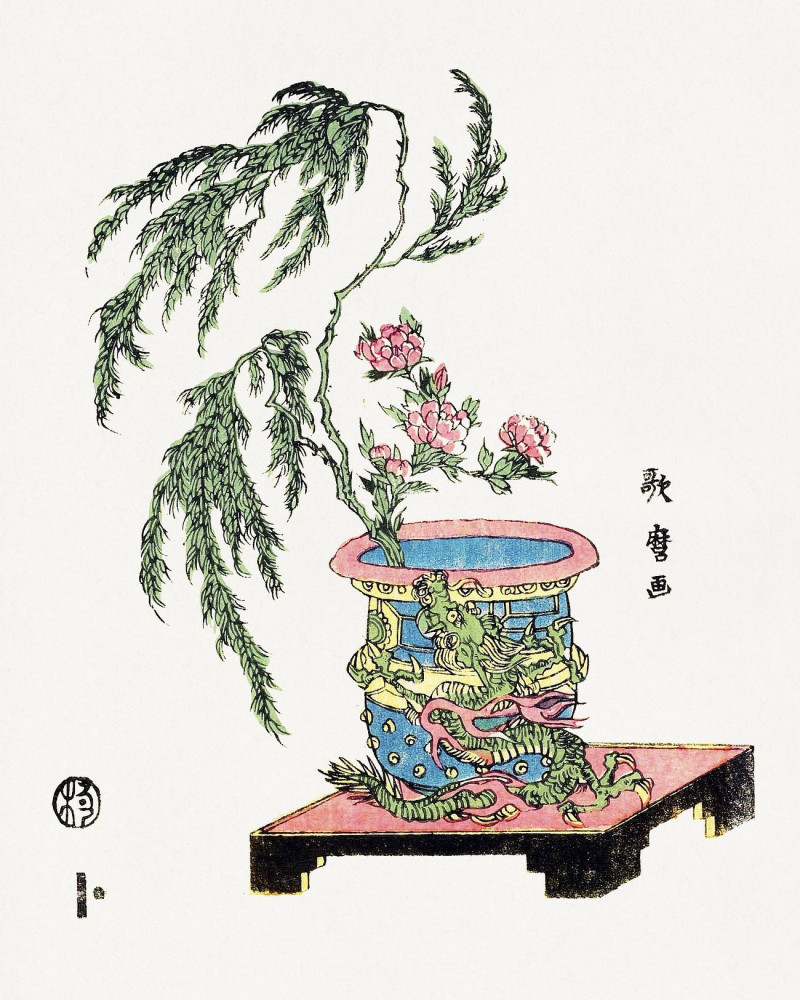Ohne Titel (1930)
Technique: Giclée quality print
Recommended by our customers
More about this artwork
The painting titled "Ohne Titel" (1930) by Wassily Kandinsky is an abstract composition characterized by its clean, linear forms and minimalistic use of color, relying solely on black against a white background. The image is composed of what appears to be geometric shapes and lines that interact dynamically. There is a large triangular shape that dominates the piece, its sharp angles suggesting a sense of movement or energy. Attached to this triangle are various linear elements and shapes including circles, a semi-circle, and crossing lines which may represent connectivity or interaction among different elements of the composition.This abstract nature of the work is typical of Kandinsky's style, where he often explored the relationships between shapes, colors, and their emotional effects on the viewer. The composition’s arrangement of shapes and lines could be interpreted as an exploration of balance, rhythm, and harmony, reflecting Kandinsky’s interest in music, spiritualism, and the inner emotions evoked by art. Such a piece invites viewers to delve into their interpretations, experiencing the art beyond its visual representation.
Delivery
Returns
Wassily Wassilyevich Kandinsky was a Russian painter and art theorist. Kandinsky is generally credited as the pioneer of abstract art. Born in Moscow, Kandinsky spent his childhood in Odessa, where he graduated at Grekov Odessa Art school. He enrolled at the University of Moscow, studying law and economics. Successful in his profession—he was offered a professorship (chair of Roman Law) at the University of Dorpat today Tartu, Estonia)—Kandinsky began painting studies (life-drawing, sketching and anatomy) at the age of 30.

